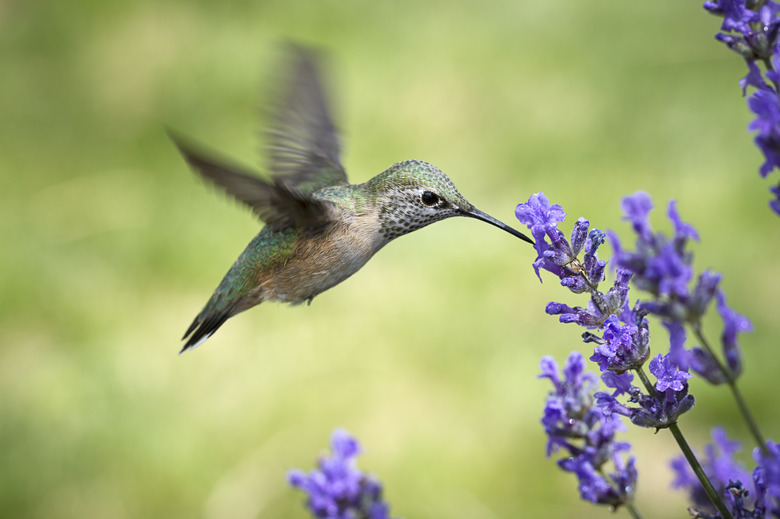The Migration Of Hummingbirds To South Florida
Hummingbirds are only found in the Americas. Of the 338 species, 16 are found in the U.S. There are up to 12 species of hummingbirds in Florida and three species are common there. Every hummingbird season in the spring, migrating birds return to Florida. Some are seen returning as early as February after wintering from Mexico to Central and South America. Others winter in Florida and then migrate north in the spring, returning to Florida in the autumn.
The Ruby-throated Hummingbird
The Ruby-throated Hummingbird
This is the most commonly seen hummingbird in the eastern U.S. and can be see all the way to southern Canada. This gorgeous bird, named for its iridescent ruby-red throat, is about the weight of a penny with a wingspan of only 4 inches. Some may spend the winter in southern Florida, but most winter farther south from southern Mexico to Panama. They store body fat to make the long return flight over the Gulf of Mexico and may even double their body weight. They must return to Florida by flying non-stop over the Gulf of Mexico; this is a trip of 500 to 600 miles and takes the birds 18 to 22 hours to complete. They return to the U.S. as adults ready to breed. The male birds return first, followed by the females about a week later. The migration period for this species is spread over a three month period and ends by late May. This is the only hummingbird species known to breed in Florida.
Black-chinned Hummingbirds
Black-chinned Hummingbirds
This bird is usually duller in color than the Ruby-throated hummingbird and has a dark purple throat band. It has a shorter tail and longer bill. The female is larger than the male. The Black-chinned has been spotted in all the Gulf Coast states including Florida, and as far north as parts of Canada. They migrate south in September, and can arrive in Florida by November, but usually winter in Mexico.
Rufous Hummingbirds
Rufous Hummingbirds
Adult males have a bright orange-red gorget (upper chest and throat area). It is the most widely distributed hummingbird in North America, and has been seen in every state except Hawaii, as well as in Canada. It is most common in the western states. It can outfly all other hummingbird species and is the most maneuverable of all the hummingbirds. Although a few birds may winter along the Gulf Coast and migrate to Florida in the autumn, most winter in Mexico and possibly as far south as Panama. This species is known for the longest migration routes; one bird was banded in Florida and later recaptured in Alaska nearly 4,000 miles away.
Helping Hummingbirds Migrate
Helping Hummingbirds Migrate
Hummingbirds must eat constantly to gain enough weight to migrate in both the autumn and spring. You can help them by feeding them. Mix only white sugar and water since this most closely resembles nectar, their natural food. Replace the mixture every few days as mold can kill the birds. Leave the feeders out until freezing becomes a problem. Feeders will not keep the birds from migrating, but will give them the opportunity to eat, rest and put on weight.
References
Cite This Article
MLA
williamd, . "The Migration Of Hummingbirds To South Florida" sciencing.com, https://www.sciencing.com/migration-hummingbirds-south-florida-8260608/. 22 November 2019.
APA
williamd, . (2019, November 22). The Migration Of Hummingbirds To South Florida. sciencing.com. Retrieved from https://www.sciencing.com/migration-hummingbirds-south-florida-8260608/
Chicago
williamd, . The Migration Of Hummingbirds To South Florida last modified March 24, 2022. https://www.sciencing.com/migration-hummingbirds-south-florida-8260608/
